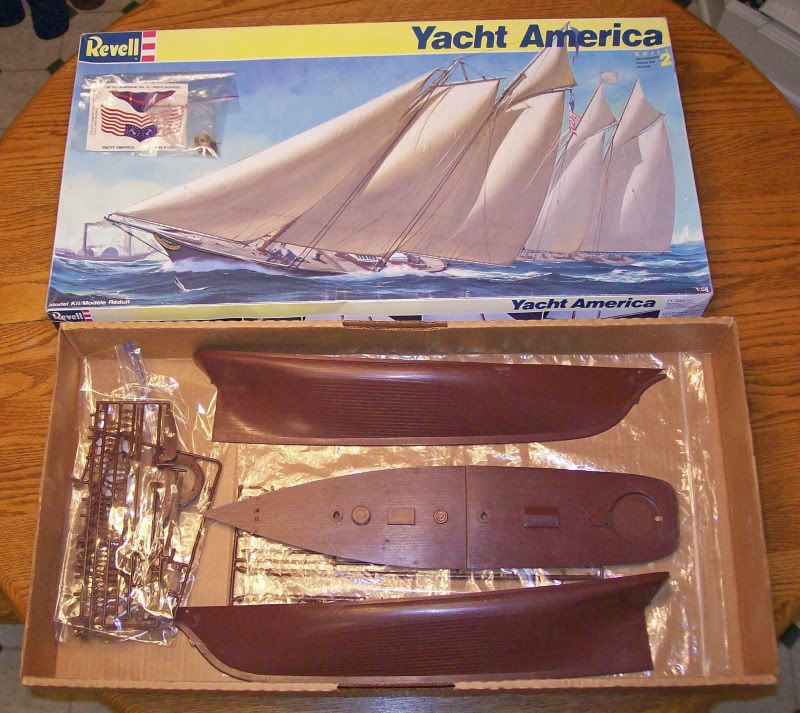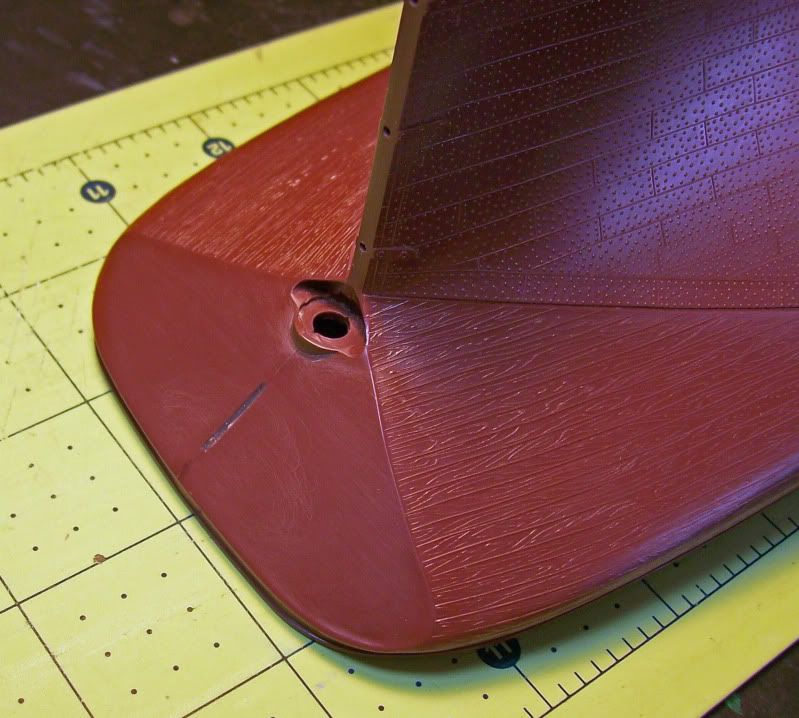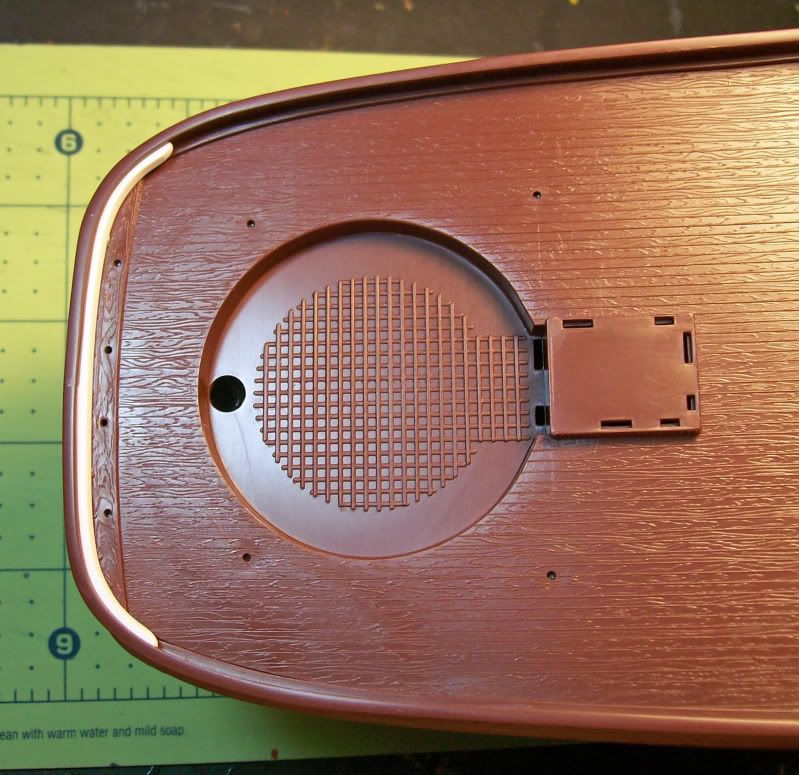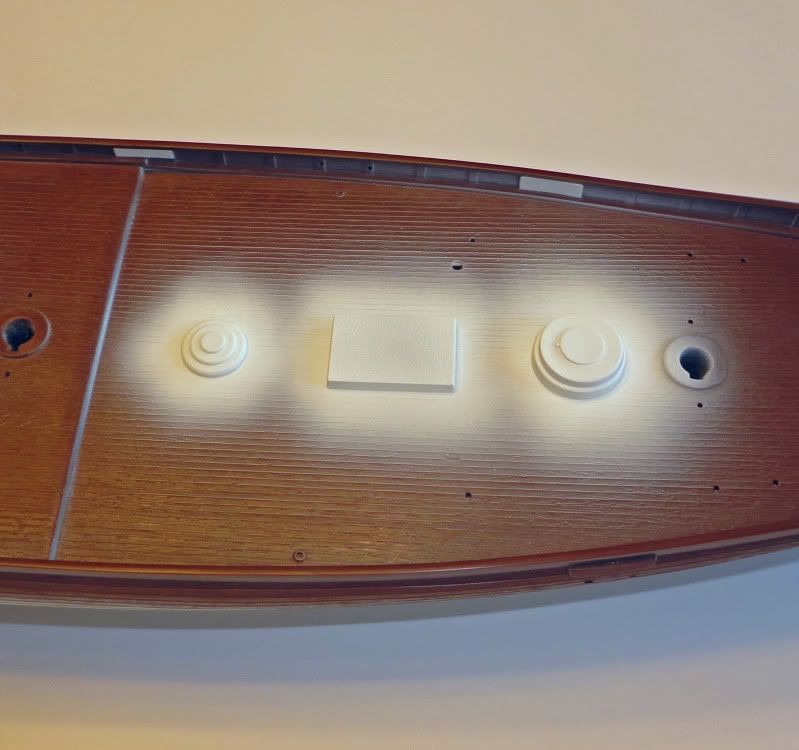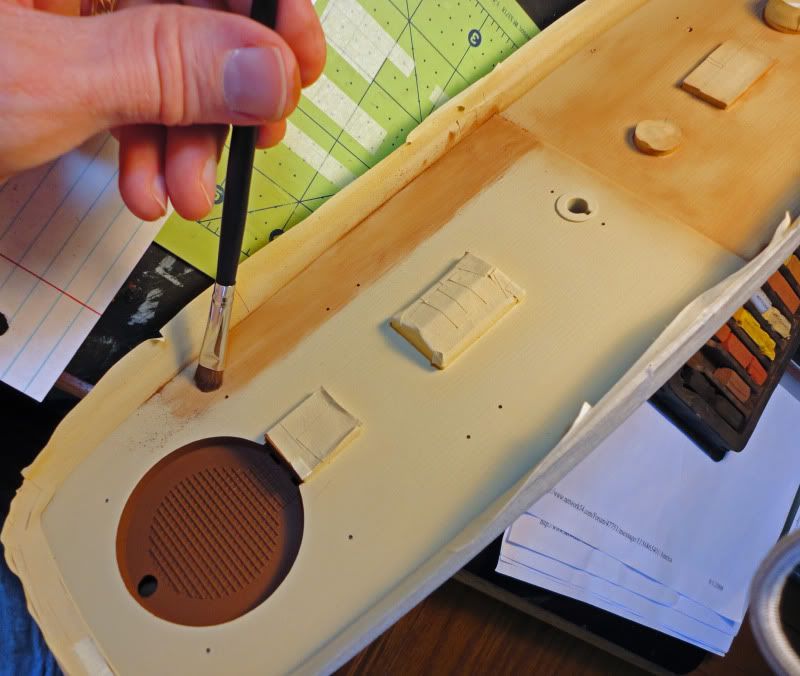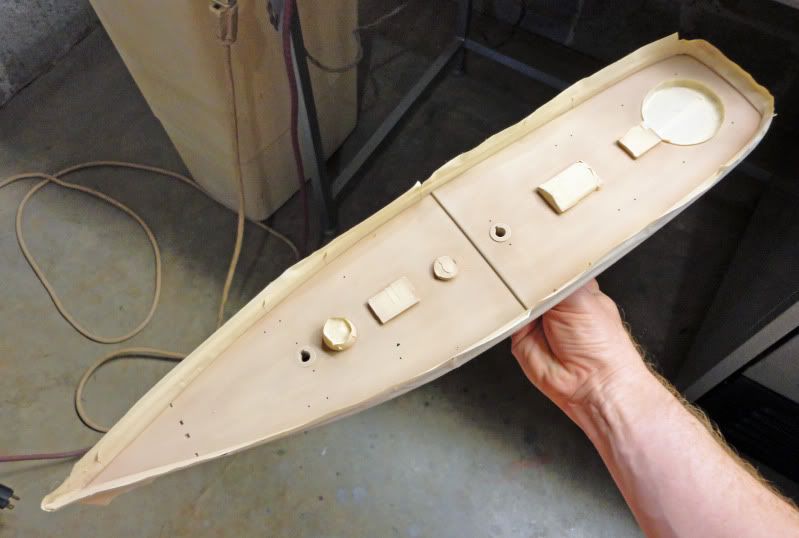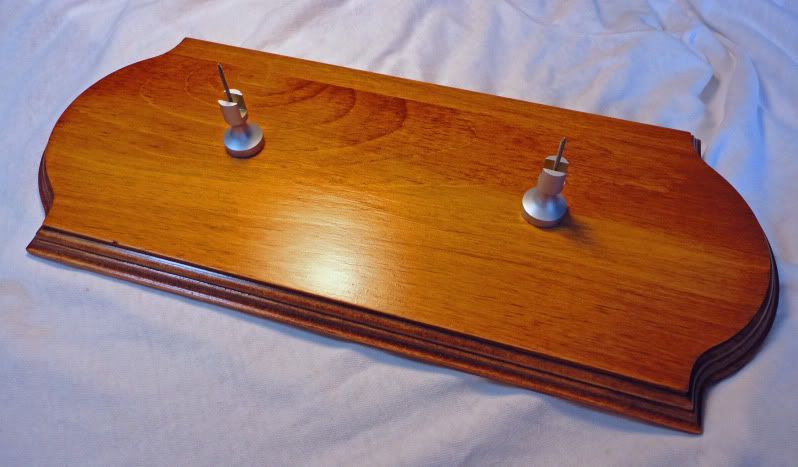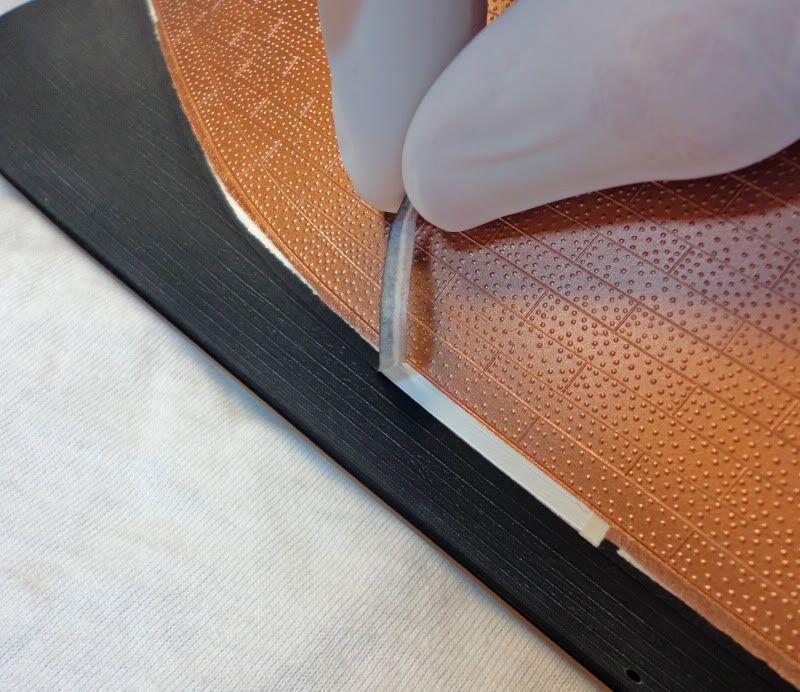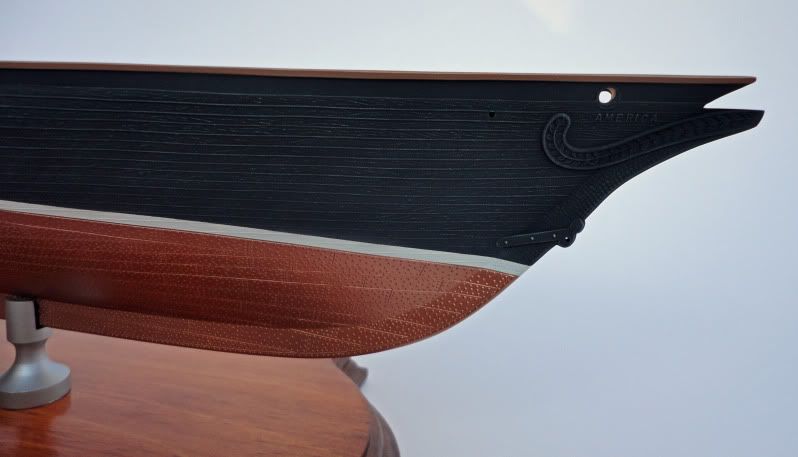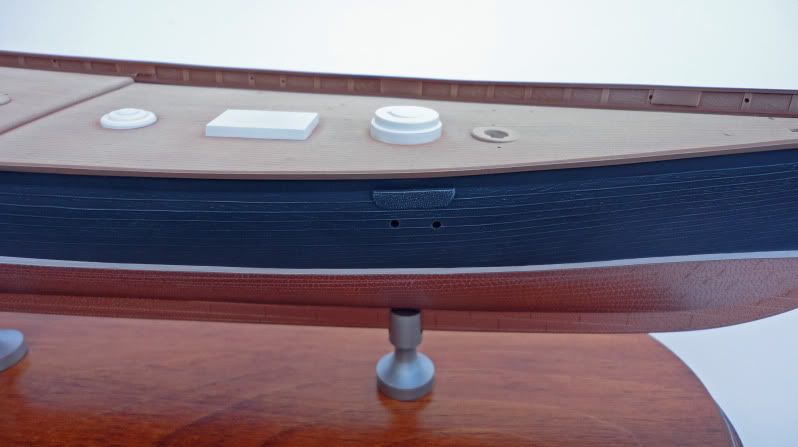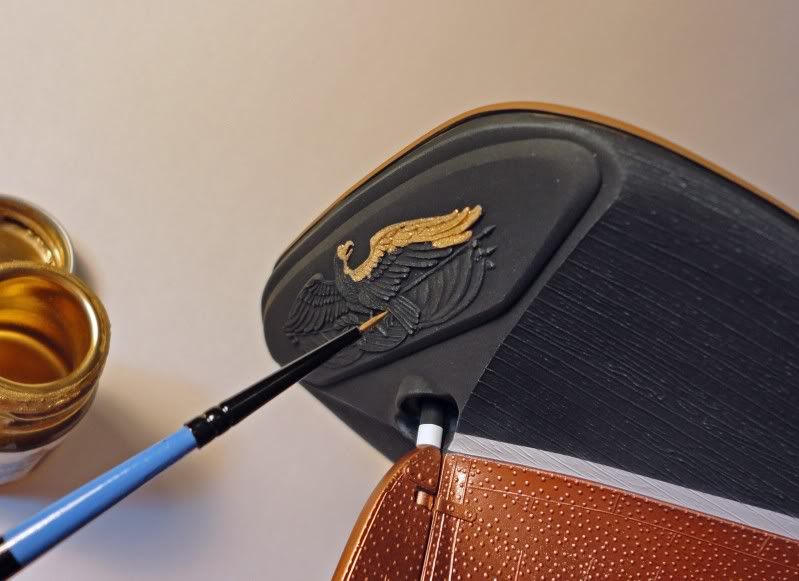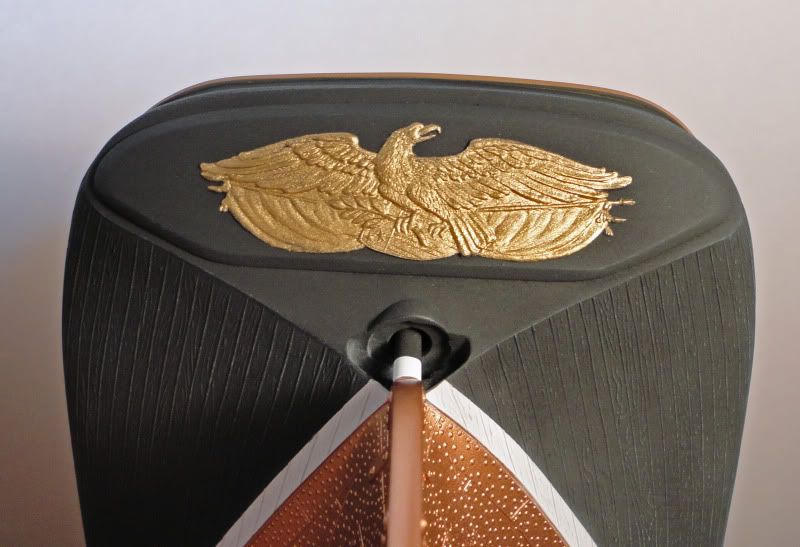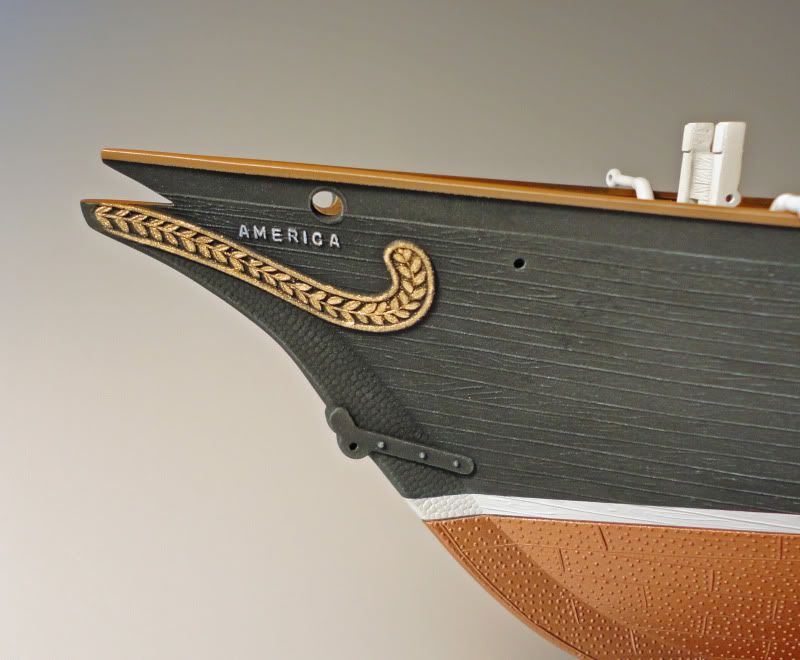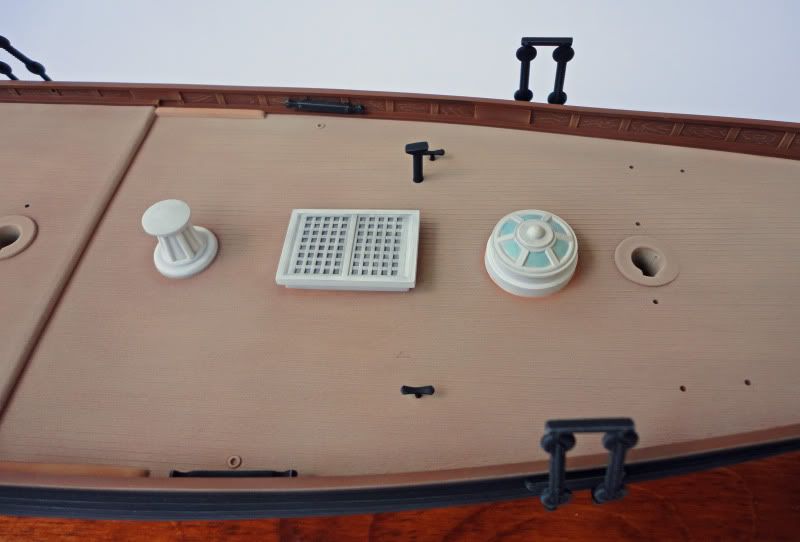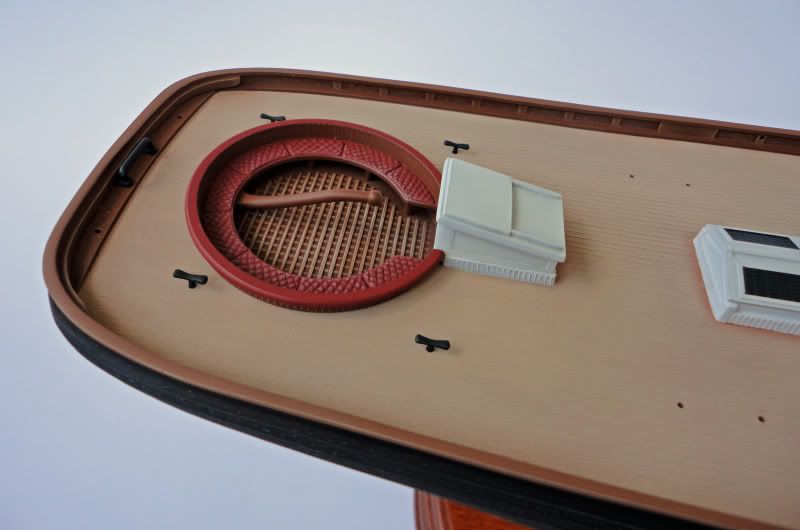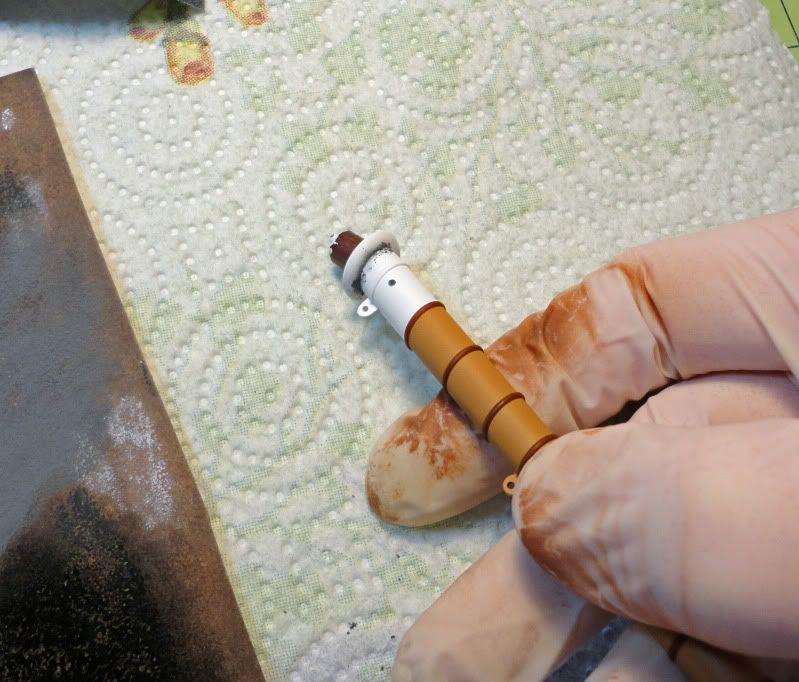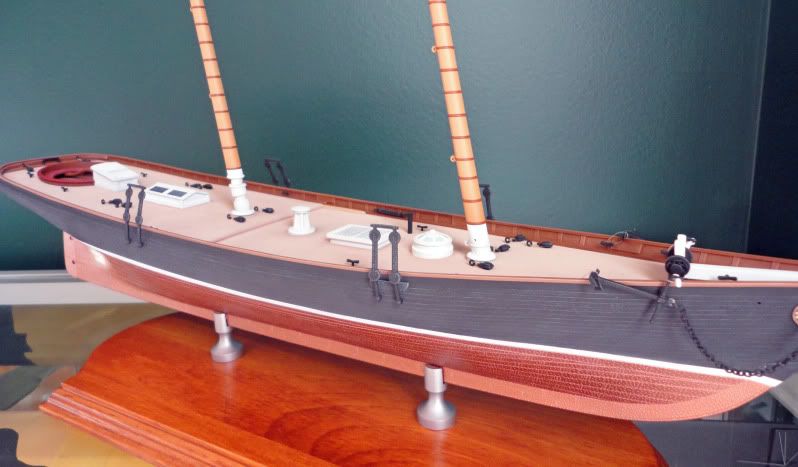Fellow Modelers,
Attached are photos of my in progress build of Revell’s 1/56 scale yacht America. It is being built pretty much straight from the box. The America is the perfect sailing ship starter kit, as it has few parts, only four sails and minimal rigging. From what I have read it is very accurate and considered one of the best sailing ships Revell ever made, although it measures closer to 1/62 scale. Certainly it is a beautiful ship to look at. Revell first issued the kit in 1969. I believe this issue came with vinyl sails. The molds were slightly modified and it was issued again in 1974 as a “Civil War Blockade Runner”, this time with vac-form sails. I do not know how many more times the America version was released, but the 1992 issue is what I bought on E-Bay.
History of Yacht America
Designed by George Steers in 1851, America was built to specifically answer the racing challenge issued by England’s Royal Yacht Squadron. It incorporated many radical shape changes when compared to contemporary schooners. When completed, it sailed to England to race any challengers in the “Hundred Guinea Cup” race. When the race did take place on August 22, 1851, America easily beat all of her British competitors by as much as eight miles. After the victory the name of the race was changed to “The Americas Cup”, which is still the name used today. Just ten days after the race America was sold to a British Lord. Over the next nine years the ship would be sold three more times and the named changed to Camilla. The golden eagle on the ship’s transom was removed during this period and eventually made its way to the New York Yacht Club where it is still on display today. In 1861, Camilla was taken to America with the intention of providing service to the South during the Civil War, and was purchased by the Confederacy that same year. Service with the Confederate Navy was short and the ship (renamed Memphis) was scuttled in 1862 when her area of operation was captured by Union troops. The Union Navy had her raised, repaired and renamed America. She was put into blockade service, and some accounts state she assisted in the capture of three ships. In 1863 America became a training ship for midshipmen at the U.S. Naval Academy. In 1870, America was refurbished by the government to participate in the “Americas Cup” race that year, finishing fourth out of fifteen entries. She was sold to private owners in 1873, but eventually donated to the U.S. Naval Academy in 1921. America was not well maintained and by 1940 was in a serious state of decay. During World War II she was stored in a shed, but was severely damaged when a snow storm caved in the shed’s roof in 1942. After several years of indecision what was left of America was finally scrapped and burned in 1945.
I hope you enjoy the photos. More will be posted as the model progresses.
Phillip1
